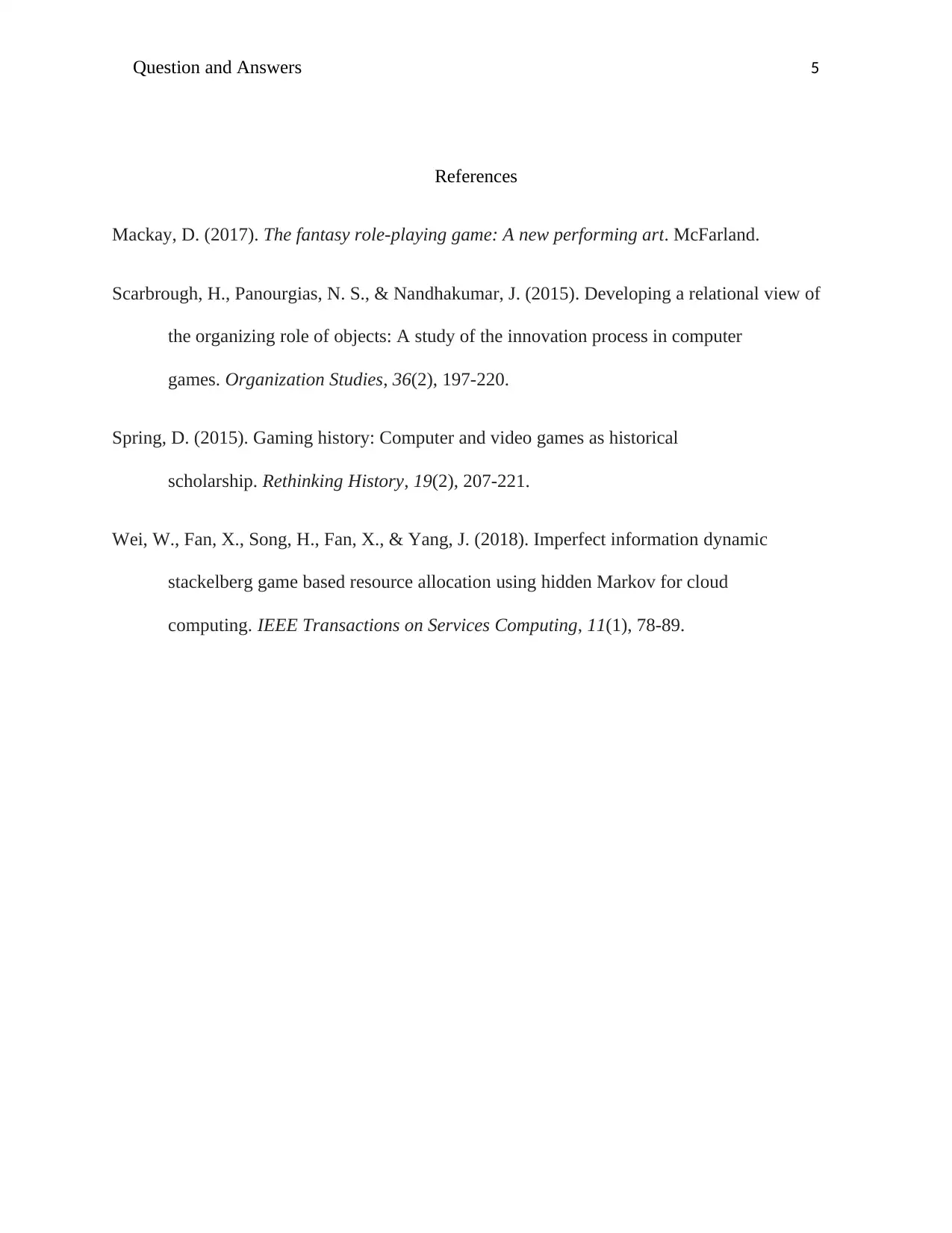Detailed Analysis of Game Resources, Economic Functions, and Mechanics
VerifiedAdded on 2023/05/30
|5
|950
|110
Homework Assignment
AI Summary
This assignment delves into the core concepts of game design, examining resources, economic functions, and mechanics within the context of various video games. The student explores both abstract and concrete resources, using examples to illustrate how they operate within a game's framework. The assignment further analyzes economic functions, such as trading systems, and their impact on gameplay. Specific game mechanics, like rubber-banding in Mario Kart, are discussed, along with the concept of deadlock and how it can be resolved in games like BATTLESTAR GALACTICA DEADLOCK. The analysis draws on academic sources to support the arguments, providing a comprehensive understanding of game design principles.
1 out of 5





